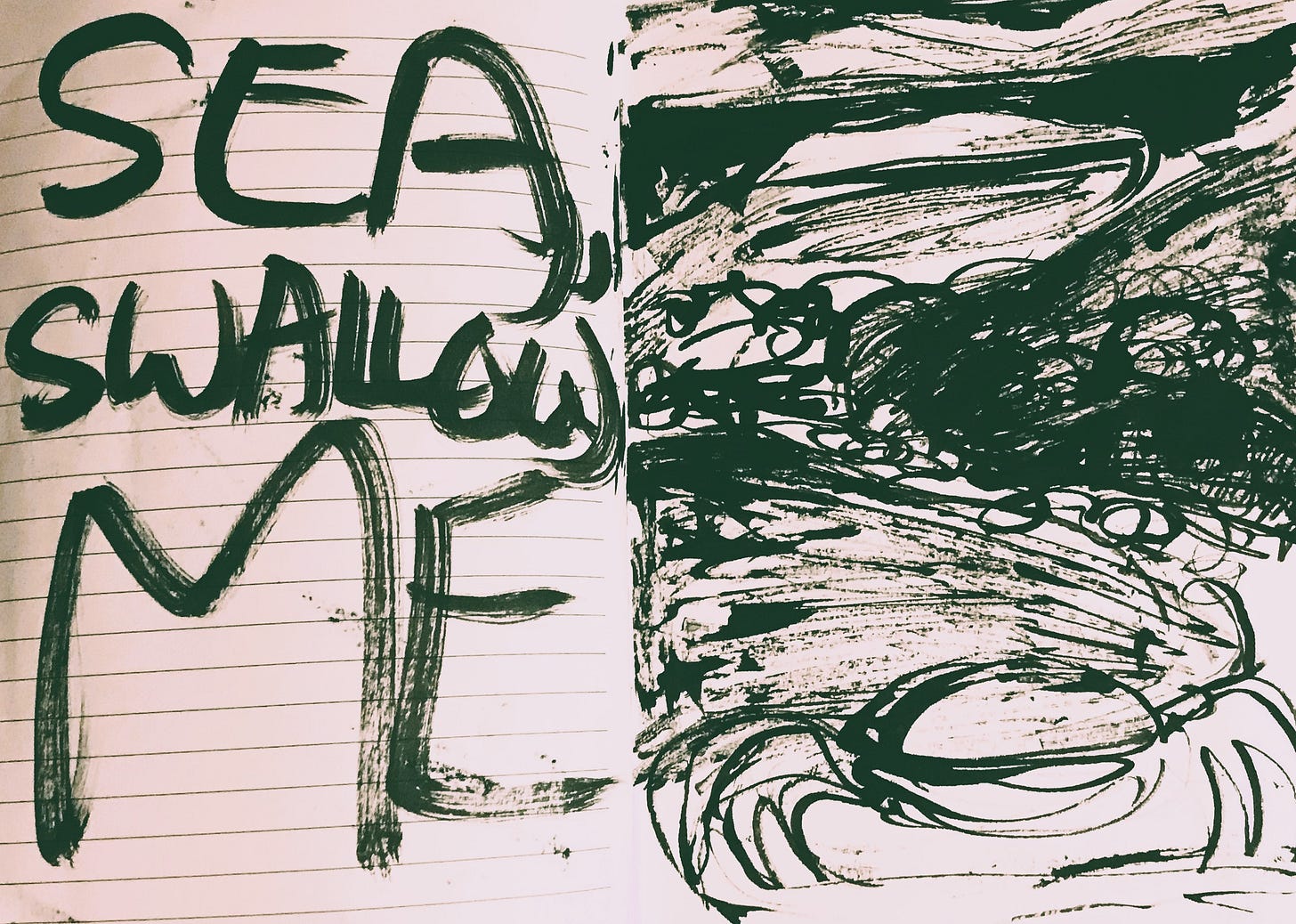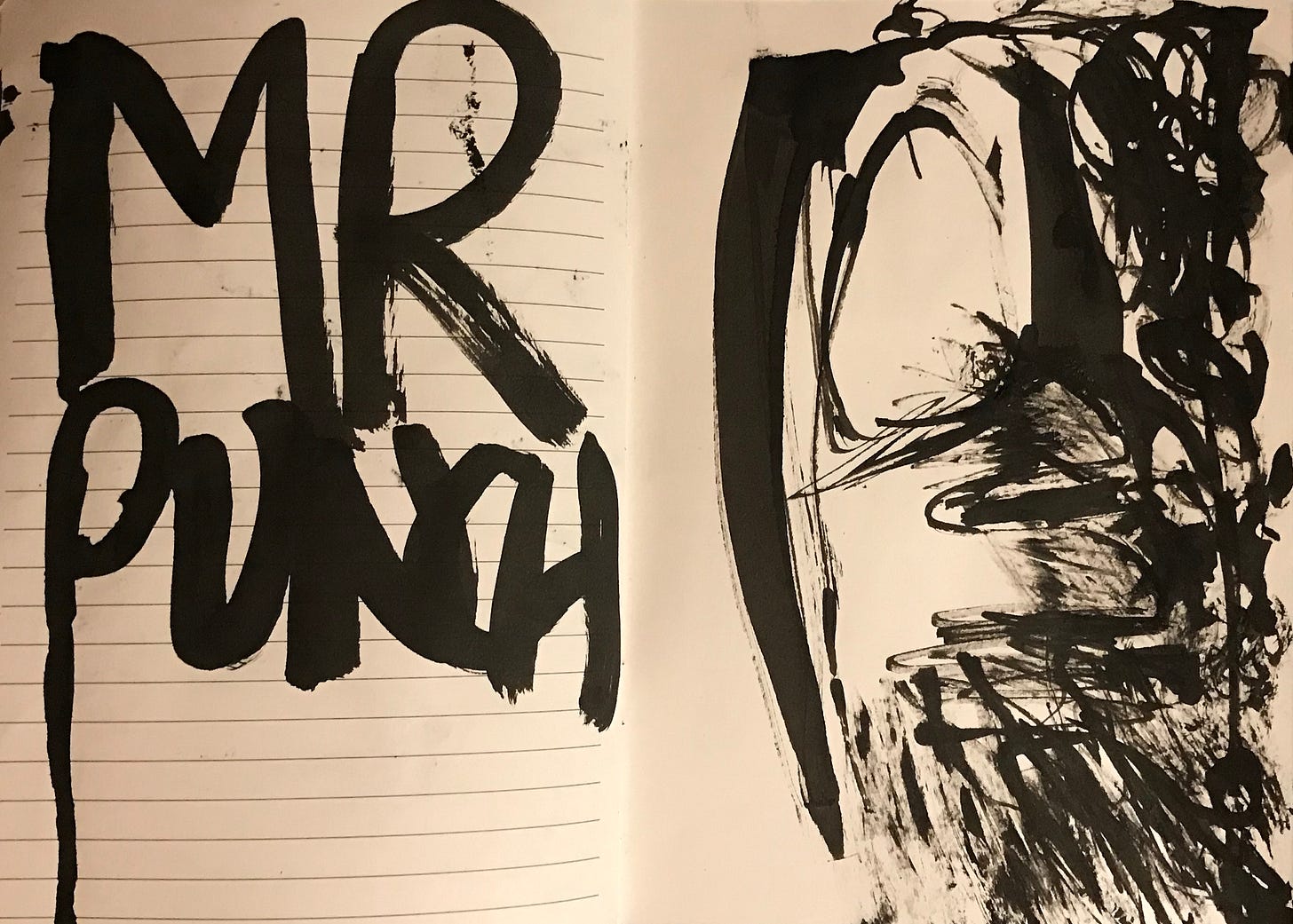PINS - Rule Sixteen: Making Maps
(I didn’t recognise him - he’d combed his hair and polished his boots.)
One origin of the game of PINS comes from making maps of the archaeological sites of the British Isles and, later, of the various local government bodies that constituted the old Ceremonial county of Lancashire. For PINS, maps don’t need to represent physical, “outside” places. They can chart inner spaces too; real or imagined. A number of previous rules have suggested various localities or places that you can map. But how to make them and what to look out for?
A map used in PINS derives a great deal of its power from the paper it is made on. This means it is best to find old, or curious sheets of paper which seem to have no real function, but invite the potential map maker to make endless speculations. To begin with we suggest stealing as much paper from your place of work as you can. Especially if it is headed with an official address. A4 sheets from any local authority is to be prized. Stamp album leaves are also very useful, with their borders and gridded paper. Shop bought paper will invariably disappoint.
Equipment can be simple. We recommend using the unworkable gold leaf retractable swizzle top pencil with the leads, the one that was a great grandfather’s. Broken, again, after being fixed, and now lying in a wooden box in a drawer. Use that. Or the pencils half-inched from long defunct businesses. Chewed ends add potency. Prized above all are old felt tips from the 1970s and 1980s. These should produce a powerful ink that seeps through the paper, leaving bleed marks on the reverse of your maps.
Old newspapers, especially souvenir editions, are very useful in further decorating, or defining your map. Simple cut and paste techniques save considerable time if one wants to make strong and cleanly delineated headings, or show a uniformity in your place names. Newspapers from the 1970s, which favoured bold typefaces, above all copies of the Manchester Guardian, are very good for these techniques. Raid your local library or the drawers of elderly relatives. These are where Moderns can find old newspapers. Using old newspapers means you also avoid spelling mistakes, or create unclear text that is the bane of handwritten maps. NOTE! If you do insist on writing out your place names, only use copperplate. San serif is only there for distance measurements.
Mistakes should be hidden by gouache or paper strips from the margins of the paper you use, not any brand of liquid paper as that lends a poor tone, both aesthetically and socially.
Armed with this basic equipment, and having an idea of how to proceed, we would recommend you begin with the borders of your maps.
You can map out the border of the bedroom painted black in its entirety, the one with the chest freezer in the corner and the tortoises that are given free right to roam; take care not to stand on one. The view from the bedroom window, overlooking the huge receiver mast, erected in the middle of the lawn of the small back garden - to better facilitate late night chats with truck drivers on the CB Radio - can constitute one border. The chest freezer can be another. But note, the bedroom door is often open, to allow one of the owners ingress when more frozen bread is needed. Don’t be alarmed when the owner uses an adze to hack the bread out.
Make a map that incorporates all the lost shops of your early childhood, including your great uncle’s butchers in Great Harwood. You would sit on the counter and look at the carcasses, as a treat.
Draw out a detailed map of Bucheria, dating from the seventeenth century, on the back of a 1968 user’s manual for the Austin Cambridge.
Try to map Accrington’s magic energy triangle. One border is the secret factory, set up to make aircraft engines for the Bristol Beaufighter, just off Junction 7 of the M65. Other borders will be the ghost shadows cast by the long lost gas and electricity power stations on Argyle Street and in Huncoat, and the pits in Accrington (Scaitcliffe) and Altham (Moorfield and Whinney Hill). Another border can be guessed at and only seen in the lavishly illustrated album made for the centenary of the FA in 1963, where a reproduction of an old print shows a floodlit game taking place at Accrington, most probably where Accrington Cricket Club now stands.
Map the route taken whilst being chased home by the gang of heavies from the Mayfair club in central Newcastle. Borders here can be the numerous hedges and walls used to hide behind and take shelter from both the angry longhair fortysomethings, whose sensibilities you and your new beau have earlier outraged with your artistic behaviours and undoubted amorous success, and the numerous air rifle pellets fired by your irate, sex-starved, half-blind landlord, whose years of active service in the Durham Light Infantry means he’s a crack shot.
An accompanying post to this Rule, with relevant illustrations, can be found in the Museum of Photocopies.






